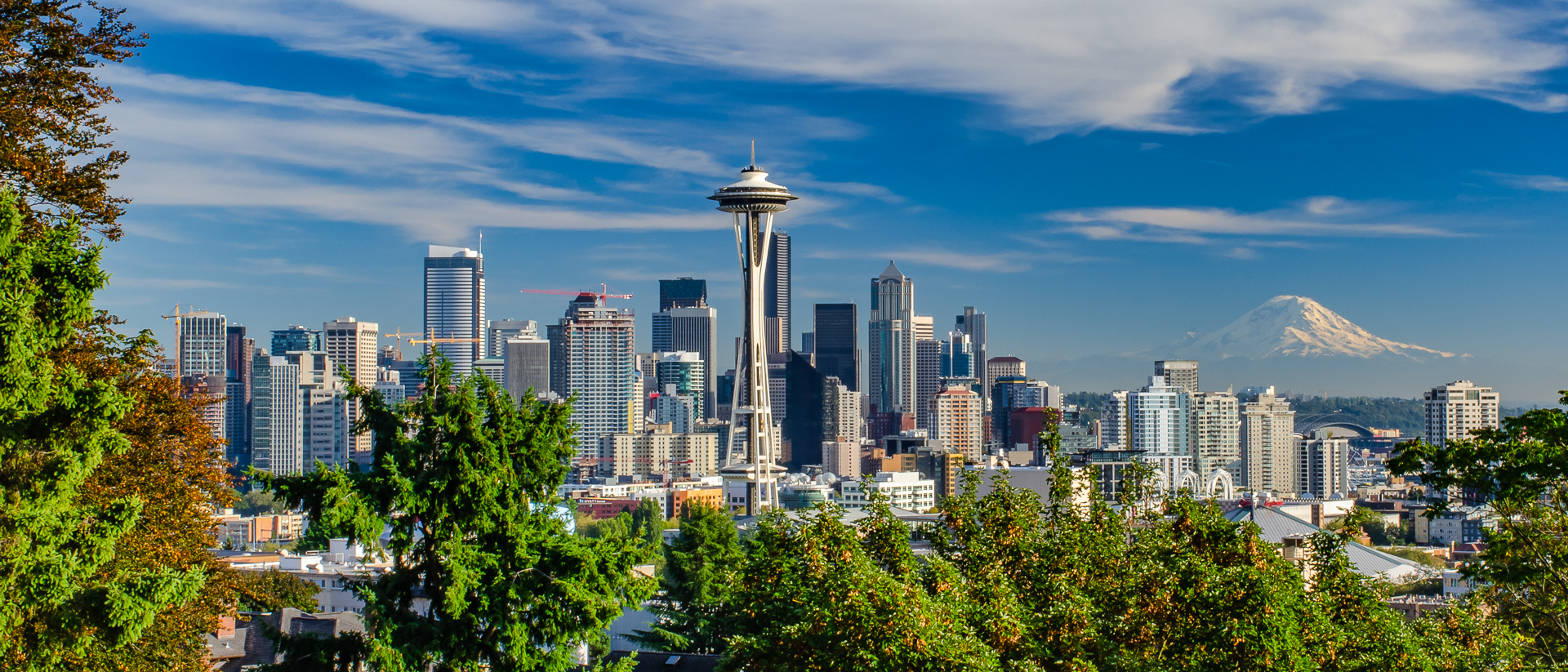A long overdue update to the City of Seattle’s tree protection ordinance looks like it could begin moving forward again soon, thanks to a just published ruling by Seattle Hearing Examiner Ryan Vancil. Vancil rejected a challenge brought many months ago by the Master Builders of King and Snohomish counties to the city’s determination that an update of its tree protection ordinance would not have probable significant adverse impacts on the environment.
The ruling is a significant victory for the City of Seattle and TreePAC, which responded to the Master Builders’ challenge as an intervenor.
“Appellants’ arguments that the Proposal [which has not been voted upon] will increase the costs of development, and will have negative impacts on the City housing supply were based on speculation, not any actual quantitative analysis that was introduced into evidence,” Vancil wrote in his decision.
“Appellants’ case focused on the current state of City tree regulations and their impact on development. Appellants did not introduce adequate analysis demonstrating the likelihood that current circumstances will be exacerbated by the Proposal to such a degree as to cause significant adverse impacts.”
“Appellants’ expressed concern that development will be more expensive, uncertain, and problematic on some unidentified number of lots is not enough to demonstrate that the Proposal will likely have significant adverse impacts to future housing in the City,” Vancil’s order dismissing the challenge added.
“We appreciate the Hearing Examiner’s reasoned and detailed decision,” said TreePAC Chair Steve Zemke, an NPI Advisory Councilmember. “Trees are critical to maintaining the health and vitality of Seattle’s communities and its citizens. TreePAC supports the efforts of the city to both increase needed housing and protect our green infrastructure. It is not an either/or situation but a priority of the city to address both as mandated in Seattle’s current Comprehensive Plan.”
“Trees are critical to dealing with urban heat island impacts and stormwater runoff as the climate crisis continues. That requires protecting as many existing trees as possible and planting more trees in marginalized areas for tree equity and social justice. The proposed draft ordinance update helps the city to do that.”
“I am very pleased that the City Hearing Examiner rejected the appeal by some real estate developers that, unfortunately, resulted in yet another delay in our efforts to strengthen Seattle’s tree protection ordinance,” said Seattle City Councilmember Alex Pedersen in a news release lauding the decision.
“We already know trees provide numerous public health and environmental benefits, which include reducing the harmful heat island impacts of climate [damage],” Pedersen continued. “More trees need to be protected and planted now, especially in low income communities. I look forward to working with the Urban Forestry Commission and other stakeholders to finally implement an effective tree ordinance for our ‘Emerald City.’”
“We have the ability to protect trees and create the space for the density our city desperately needs. To become a modern, climate resilient city we need to allow builders to create the density our city needs and to protect and grow our tree canopy,” said Pedersen’s colleague Dan Strauss.
NPI’s research found last year that a range of ideas for protecting trees are overwhelmingly popular with Seattle voters. Every idea tested received an enthusiastic response from respondents. One of those ideas — requiring tree care providers to register with the city — was turned into an ordinance earlier this year by the City Council. But the Council has yet to send Mayor Bruce Harrell a comprehensive update of the city’s tree protection ordinance.
Now that this challenge from the Master Builders has been tossed, the work of drafting the updated tree protection ordinance can get back on track.
Here’s a summary of a few of the ideas we tested last year, working with TreePAC, that Seattleites favor including in the updated ordinance the Council adopts:
- Increasing protections for significant and exceptional (large) trees
- Adding replacement requirements for significant and exceptional tree removal
- Creating a city tree planting and preservation fund
- Creating a permitting process for removal of significant trees (trees greater than six inches in diameter at four and a half feet high)
Support ranged from 78% for the first idea listed above to 57% for the last idea listed above. Opposition ranged from 13% to 28%.
Today, we can say there’s one less obstacle to that happening.
This is good news for the people of Seattle and the urban forests that the Emerald City needs for an equitable, climate resilient future.

